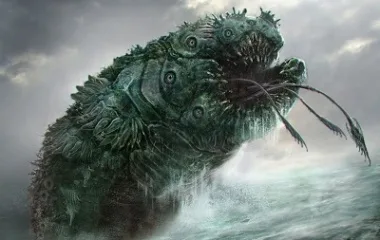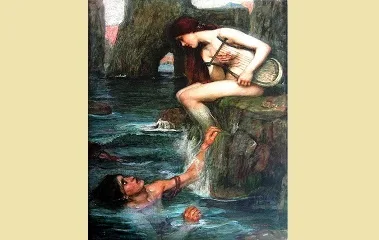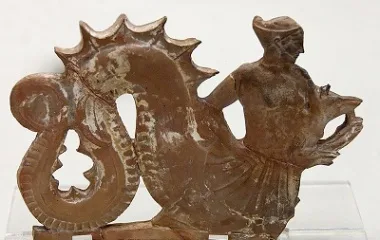Greek Creatures Charybdis
Contents
Introduction to Charybdis
Greek mythology is filled with fantastical creatures and monsters that have captured the imagination of people for centuries. One such creature is Charybdis, a sea monster from Greek mythology that is often associated with whirlpools and the dangers of the sea. In this article, we will explore the origins of Charybdis, its characteristics, and its significance in Greek mythology.
The name Charybdis is derived from the ancient Greek word kharybdis, which means to gulp down. In Greek mythology, Charybdis is often depicted as a giant sea monster that creates whirlpools and devours ships and sailors. Its menacing presence has been the subject of many ancient tales and has been a source of fear for sailors and travelers throughout history.
Charybdis is often associated with another legendary creature, Scylla, and the two are mentioned in the epic poem The Odyssey by Homer. According to the myth, Charybdis and Scylla were once human, but were transformed into monstrous creatures by the gods as punishment for their actions. Charybdis was transformed into a whirlpool, while Scylla became a multi-headed sea monster. Together, they posed a deadly threat to any sailors who dared to navigate the waters they inhabited.
Physical Description of Charybdis
The physical appearance of Charybdis is often described as a massive whirlpool that sucks in everything in its path. In some versions of the myth, Charybdis is depicted as a sea monster with the upper body of a woman and the lower body of a fish, similar to the appearance of a mermaid. However, it is important to note that the physical appearance of Charybdis varies in different retellings of the myth, and there is no definitive description of its form.
The whirlpools created by Charybdis are said to be so powerful that they can engulf entire ships, dragging them to the depths of the sea. The swirling waters of Charybdis are often portrayed as a force of nature that cannot be controlled or tamed, adding to the fear and awe inspired by this mythical creature.
Significance in Greek Mythology
Charybdis is often seen as a symbol of the uncontrollable forces of nature and the dangers of the sea. In ancient Greece, where seafaring was a crucial part of life and commerce, the threat of shipwrecks and sailor’s lives lost at sea was a very real concern. The presence of Charybdis in Greek mythology served as a warning to sailors about the perils of the sea and the need for caution and respect for the powerful forces of nature.
The myth of Charybdis also serves as a moral lesson about the consequences of hubris and arrogance. In some versions of the myth, Charybdis was punished by the gods for her overreaching actions, and her transformation into a monstrous sea creature serves as a warning about the dangers of unchecked ambition and greed.
Modern Interpretations and References
The legacy of Charybdis has endured through the ages and continues to be referenced in modern literature, art, and popular culture. The image of a fearsome whirlpool that devours everything in its path has been a source of inspiration for writers, artists, and filmmakers, who have incorporated Charybdis into their works.
Charybdis has also made appearances in popular fantasy and adventure stories, where its mythical powers are often used to add drama and danger to the narrative. The enduring appeal of Charybdis as a symbol of primal, elemental forces has ensured its place in the collective imagination of people around the world.
In Conclusion
The story of Charybdis is a timeless myth that continues to captivate and intrigue audiences with its portrayal of elemental power and the dangers of the sea. Its significance in Greek mythology as a symbol of nature’s uncontrollable forces and a cautionary tale about the consequences of greed and ambition has ensured its enduring legacy. Charybdis remains a powerful and evocative figure in the pantheon of mythical creatures, and its image continues to inspire awe and fear in the hearts of those who hear its tale.
Share this content:




Post Comment